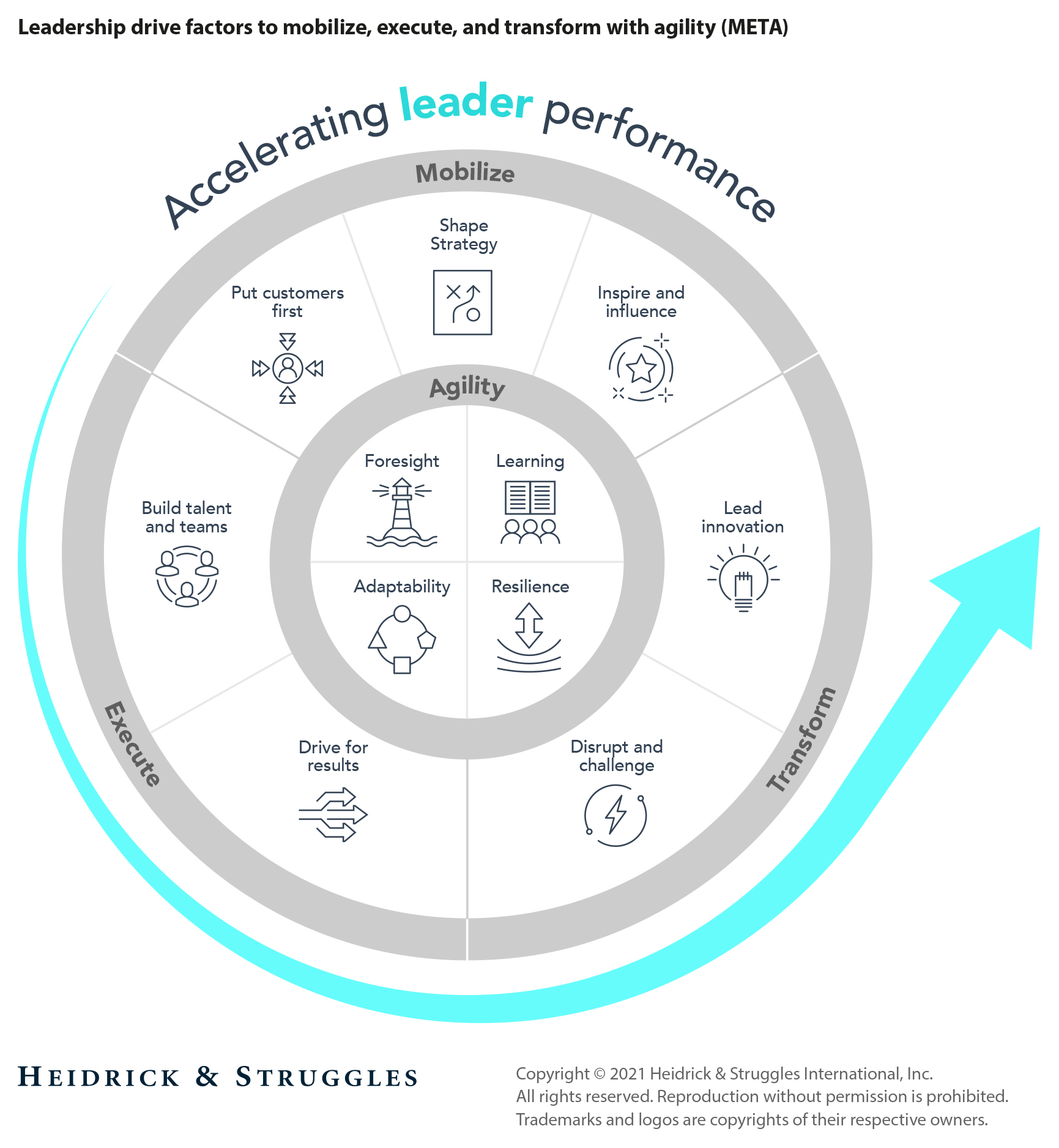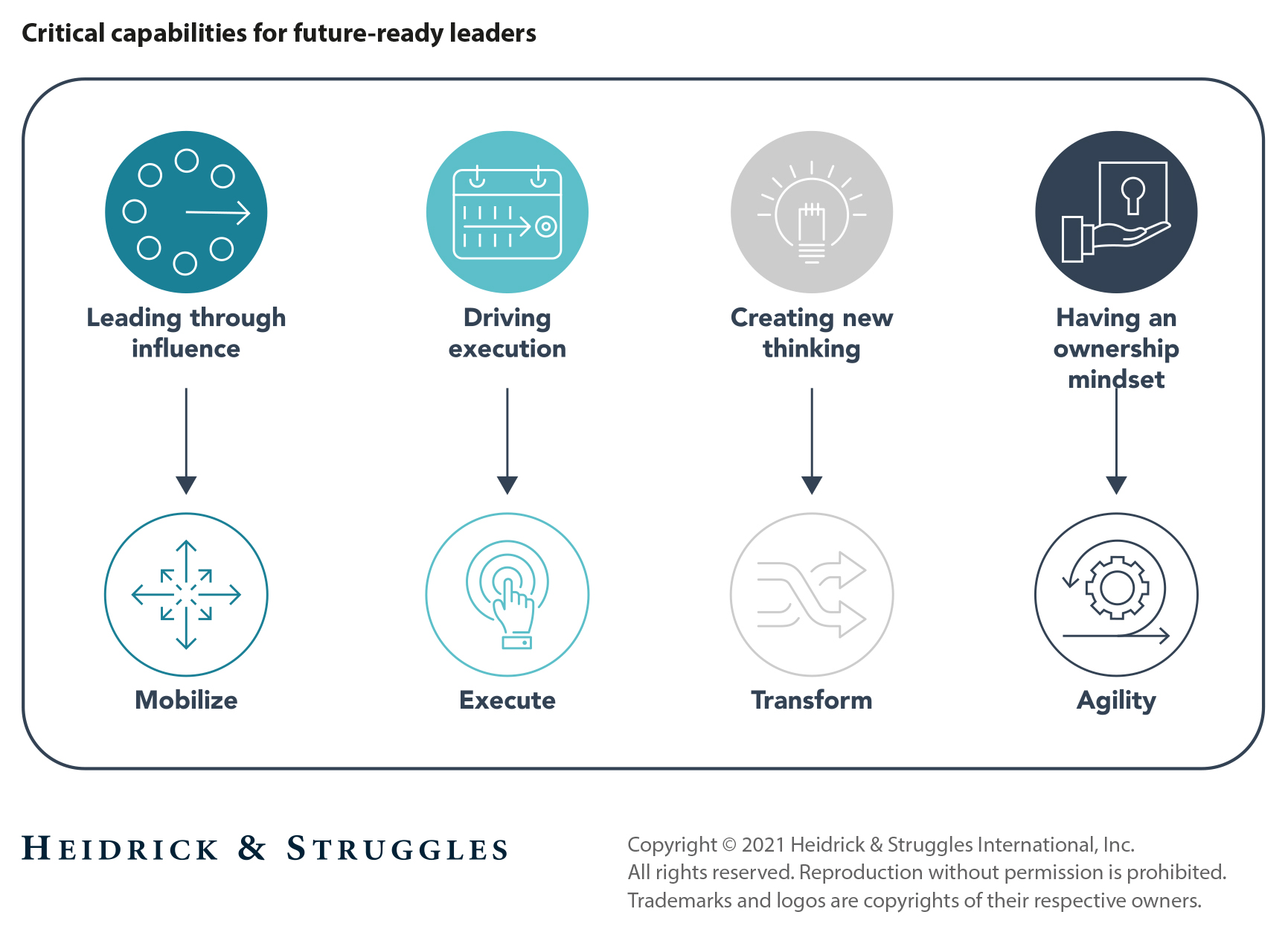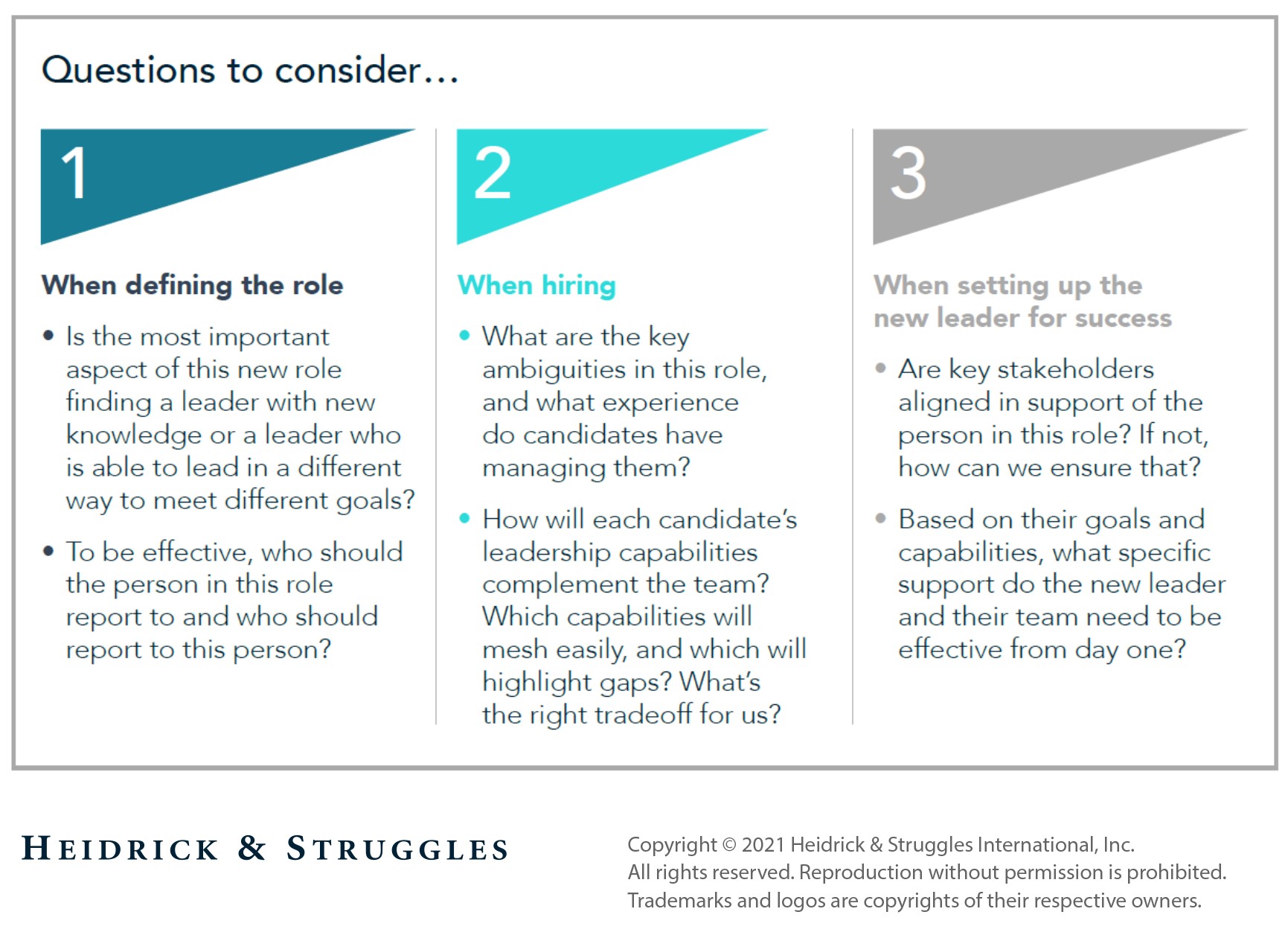Financial Services
Transformation in financial services: Succeeding with new leadership roles to thrive in the new normal
Financial services, like most industries, has been in a period of significant innovation since the COVID-19 pandemic began affecting business operations, and many firms are now seeing growth opportunities in markets that have been reshaped in large part by the increased pace of the shift to digital as well as changing consumer preferences.
For many firms, this has meant adding new leadership roles. Indeed, in the year between the summer of 2020 and the summer of 2021, Heidrick & Struggles saw that the share of roles financial services firms were seeking to fill that were new rose from 41% to 59%.1 Sometimes these roles are for leaders of new businesses; other times they are roles in existing businesses that emphasize a newly important mix of skills—one example is combining sales, marketing, and product expertise into a chief commercial officer role. Either way, financial firms and companies across industries are also putting increased emphasis on finding and developing leaders who not only focus on results but are agile, empathetic, inclusive, and able to solve problems in new ways. In other words, they are often filling new roles with new kinds of leaders. (For additional context on finding and developing leaders, see “Developing future-ready leaders,” and “Future-ready leaders: Finding effective leaders who can grow with your company.”)
All this means that most financial services firms—through planning or by default—are changing the mix of capabilities on their leadership teams. Based on our experience, we see that most firms would benefit from asking more questions, not only about which new roles are needed and why, but also how those new roles should work in relation to the rest of the executive team in terms of structure and capabilities. Leaders who get this right will not only see immediate benefit but positively reshape their pipeline planning for the longer term.
New leadership roles: Defining and hiring
Leadership roles for a new business
The context of a new leadership role is straightforward when the leader will be leading a new business. These leaders typically need hard skills such as experience in fast-growth businesses and digital expertise—and we have seen that those are firms’ highest priority in filling these roles. Where we see less focus is on ensuring the new leader has both the capabilities to build a new business and to build support for that business in the rest of the organization.
Digital skills are often at the core of new leadership roles. In addition to digital expertise, Heidrick & Struggles research has identified four leadership capabilities that are most common among leaders seen as having impact today and potential for tomorrow (through the lens of our model for organizational acceleration, META—or mobilize, execute, and transform with agility).
The four capabilities we have identified are leading through influence, driving execution, creating possibilities from new thinking, and having an ownership mindset. When taken together, these allow leaders to build strong, trusting, and inclusive relationships across their firms, which helps their new ideas get heard and supports resilience on their teams. (For more, see “Developing future-ready leaders.”)
For leaders of new businesses, financial services organizations would do well to focus particularly on people who can drive execution with an ownership mindset and have the influencing skills that are required to build support for their business in the rest of the organization.
Leadership roles for an existing business
When a new role is created in an existing business to meet new needs or support a shift in strategic focus, the context can be more complicated. These roles include, for example, chief commercial officers who bring together sales, marketing, and product functions to ensure a sharper focus on customer needs; chief analytics officers who bring together previously disparate sources of internal data to create better insights; and, of course, leaders with digital expertise, particularly, in financial services, for supporting omnichannel customer service. In all of these cases, all or parts of existing teams and functions will have new reporting lines and new responsibilities. This will often mean a strategic shift from focusing on execution to focusing on transformation. Making it work requires leaders who can manage change and create support for the new ways of working. Yet here, too, we often see firms pay more attention to the hard skills of executing than to the softer leadership capabilities of transformation.
In addition to creating possibilities from new thinking, other important aspects of transformative leadership are leading change and collaborating across boundaries, which are particularly important for leaders in this kind of situation.
Including the team
Even when firms consider the full mix of skills and capabilities needed for a new leadership role, they often don’t consider how that new leader will affect the rest of the executive team in terms of culture and other team members’ capabilities. For example, if a new leader is particularly, and appropriately, focused on inspiring transformation, others in the function may need to increase their focus on execution and working with agility in a new context. Getting this right will often require starting by having each team member complete an assessment of their own capabilities. Leaders can then aggregate that into a team view that identifies synergies and gaps in the team’s collective leadership capabilities. This data can then be used to align new roles and responsibilities or inform the senior leader of future talent needs to develop or acquire in the medium term.
That said, firms should also carefully consider new reporting lines in order to ensure the new leadership team is effective from the start.
When firms think about and approach the composition of their leadership teams this way, they are necessarily looking deeper into their leadership pipeline through the lens of strategy and current leadership, thinking hard about both hard skills and softer leadership capabilities. This ensures that they are building better pipelines for leadership development.
About the authors
Ellen Maag (emaag@heidrick.com) is a partner in Heidrick & Struggles’ Washington D.C. office where she leads the Americas region of Heidrick Consulting’s Leadership Assessment and Development Center of Excellence.
Katherine Pluck (kpluck@heidrick.com) is a principal in the New York office and a member of the Financial Services Practice.
Todd Taylor (ttaylor@heidrick.com) is the global managing partner of the Financial Services Practice; he is based in the New York office.
References
1 Internal Heidrick & Struggles data.


